|
On Wednesday we went back to the Oxford University Museum of Natural History to see if we could find specimens of Chamberlain's Yellow Pyrisitia chamberlaini amongst the collection of specimens taken by Prof. David S. Smith in the Bahamas. This butterfly is only known from the Bahamas and from one small site in the east of Cuba. On our previous visits to the Museum we had concentrated on the collections from Cuba and we knew there were no specimens of this butterfly amongst them but sure enough there were quite a few amongst the Smith collection from the Bahamas. I am grateful as always to Dr James Hogan for his assistance and allowing us access. All of the currently described species for Cuba now have at least one photograph though of course these are not always of Cuban specimens. My thanks also to Shaun Waters who gave useful advice on identification of the Hawk-moths that we have found in Cuba. Shaun volunteers at the Museum and specialises in the Sphingidae.
0 Comments
It was only a brief visit down to the lagoon at first light to where I saw the Jutía yesterday and there was no sign this morning. An osprey was sitting on a tree and the Least Grebes were feeding their young. At this time of year there are very few herons as their arrival from N America seems to be in November. Today the plan was to go with Carlos to see our friends Felix and Sandy who live at Gibara and to go with them to look for butterflies in the hills to the west of the town. Carlos had booked Joel and his black taxi to take us there but Joel was unwell this morning so his friend was roped in at short notice to drive Joel's taxi. Its about one and a half hours to get there and Felix and Sandy were waiting for us so we got the taxi to take us as far as he could get along the track and then walked from there. It was hot and humid (as it was almost throughout the holiday). We soon found a Mexican Sailor Dynamine postverta and we searched several Hebestigma cubense bushes and founds lots of eggs and small larvae of Cuban Longtail Chioides marmorosa. There was also what is probably a Yellow-angled Sulphur Anteos maerula larva. We also saw several Dusky Emperor Asterocampa idyia and an empty pupa under a leaf but we couldn't find any that hadn't already emerged which was a pity. There were several skippers including Mangrove Skipper Phocides pigmalion, Hammock Skipper Polygonus leo and Purple-washed Skipper Panoquina lucas, all of which were the only ones of the trip. Near the top the view is fabulous looking back towards the coast and there were good numbers of the males of 3 species of swallowtails hill-topping here - Oviedo's Heraclides oviedo, Androgeus Heraclides androgeus and De Villiers' Battus devilliers. We found what looks like what we call a Tortoise Beetle Cassida sp here in the UK but perhaps they are in a different genus in the Caribbean. On the left is what is possibly a larva of the same beetle, but I might be completely wrong. Paquita, Feli's wife, cooked us all a fabulous meal before we set off on the drive back to Guardalavaca having first put air in the rear tyre of the car. Thank you Paquita, Felix and Sandy for your wonderful hospitality - we'll be back to see you later this year. Back at the hotel was a Hemidactylus mabouia Tropical House Gecko which was the first we had seen in this area although a few nights later we found several living in the external pathway lights feeding on the insects that were attracted to the lights after dark. We saw 42 species of butterfly today which wasn't bad considering we had spent over three hours in the car.
Being a security guard at the hotels must be a pretty boring job at the best of times. There's a lot of standing around with no-one to talk to so we usually stop and have a chat and Lynn practices her Spanish on them, and they often welcome the chance to practice their English. When Lynn was returning from an early morning swim yesterday she chatted to one of the guards who told her that he sometimes saw Jutías amongst the jumble of rocks overlooking the lagoon. We later went to check it out and although we didn't see any we did find evidence that they were there. There was a pile of droppings by the path. Jutías, otherwise called tree rats, are large rodents and confined to the Caribbean. Twenty-one species are known but many of these are are already extinct including some from Cuba where ten species were once found but most of which are now threatened. Only Desmarest's Jutía Capromys pilorides and the Prehensile-tailed Jutía Mysateles prehensilis remain common and widespread. They are largely nocturnal and are vegetarian, their diet consisting of leaves, the bark of trees, fruits, and even roots and tubers. They are hunted for food in Cuba, where they are often cooked in a large pot with wild nuts and honey. At the Guantanamo Bay Naval Base however, there is a good population due to an abundant food source and the lack of natural predators. Desmarest's Jutías are referred to by those stationed there as banana rats not for their dietary preference but because their droppings look like small versions of the fruit. So this morning I went to the spot at first light while Lynn was having a swim to try and see and photograph one. There were a few warblers around as I crept into position and I spent a while photographing them. The light was still poor so I had to change the settings to ISO1000 but I was quite pleased with the results of this Yellow Warbler considering. I couldn't work out why they had pale patches on the forehead until I saw one taking nectar from a Passiflora cuprea flower (thank you Eddy for the id) and then it became clear that these flowers have evolved to be pollinated by birds and the pale patch on the forehead was pollen rubbed from the stamens that are held high above the flower itself. I then saw an adult Prairie Warbler doing exactly the same thing. I heard a scrabbling on the rocks below me and looked down to see a Jutía but I'm sure it was aware of my presence and it moved out of view so I in turn moved back into the bushes on the off-chance that it wanted to come up the path past me. And in a few minutes it did just that, pausing briefly behind a bush preventing me from getting a clear shot but it was a Jutía nonetheless - very exciting, and just a few feet away from me. I'm pretty sure this is Desmarest's Jutía Capromys pilorides but I wouldn't swear to it. And there was also an Anole that I didn't recognise immediately, running around on the rocks below me. I now know that it is Anolis lucius. What a brilliant hour of wildlife-watching - and all before breakfast. The rest of the day was spent in or around the hotel garden and in a small clearing nearby where we spent time sitting in the shade watching the butterflies coming to a flowering bush. We saw the Mexican Sailor Dynamine postverta again and a De Villiers Swallowtail Battus devilliers along with Caribbean Banner Lucinia sida and a few skippers and several whites and sulphurs. While photographing a Florida Duskywing Ephyriades brunnea larva that was getting ready to pupate I heard a loud squawking above me and found that I was being watched by a Yellow-crowned Night Heron. And the only decent butterfly photo of the day was a Mallow Scrub-Hairstreak Strymon istapa down near the beach.
I have just updated the Reptiles and Amphibians pages with some new pictures which you can view using the links. I have added quite a few of which I am not sure of the identity and they appear at the bottom of the page. In fact I have some doubts about one or two of the others especially as I'm not yet clear on the differences between Leiocephalus cubensis female and Leiocephalus stictigaster as there is so much that is mis-identified on the internet! If you can help with any of these then please do get in touch with me using the Contact button at the top of this page. I still have more to add from our last trip and will add these in the next few weeks.
Fidel took us out in his horse and carriage today to his home called Villa Amistad (meaning friendship) in the village of Aguada la Piedra. It’s a lovely way to travel and he’s got used to me calling stop if I see something that I want to photograph. Fidel’s English is good, he treats his horses well and has good control of them, and is good company. This issue of ‘good control’ is an important one and I was reminded of this today when I saw a piece on television about some folk who had been in a horse carriage in Cuba when the horse became frightened when the suspension of the carriage broke with a loud bang. The horse bolted and ran up a steep back and the carriage over-turned injuring the passengers. I’ll talk about this more in a later blog because we had occasion to get out of another carriage (not Fidel’s) as the driver was clearly not in control of the horse. But back to today – Fidel showed us his old car that he is doing up and we met his lovely wife before he took us for a walk through the farm up the hill to the water reservoir serving the village which is where a lot of the hotel-workers live. Fidel and his wife also run their house as a Casa (what we here in England call Bed & Breakfast). I was talking to our travel agent, a Cuban, yesterday and he was telling me that just a few years ago the number of tourists visiting Cuba was half a million per year. Now it is 3 million per year. I see very little sign yet of new tourist hotels being built so I'm guessing that the majority of this extra traffic, apart from filling existing hotel capacity, is being taken up by the Casas. And of course this has only been possible by the relaxing of the laws and allowing Cubans to run certain sorts of private enterprise. This can only be a good thing for the Cuban economy and for the people. On the wildlife front we saw a few anoles including Anolis allisoni Cuban Blue Anole and Anolis jubar Cuban Coast Anole. I used to think that all the very dark anoles were Anolis homolechis Cuban White-fanned Anole but this isn't the case as that has a white dewlap and A. sagrei has a red-orange dewlap sometimes with a narrow cream border. Anolis jubar Cuban Coast Anole has a more orange dewlap with a broad pale edge and a pale yellow basal area, and it also has a crest along the tail. There are 63 species of Anolis lizard in Cuba, 96% of which are endemic (Henderson and Powell 2009). And here are a few of the thirty species of butterflies that we saw today. The Smudged Yellow Eurema lucina is endemic and is commoner in this area than any of the other places that we have visited. We had a cup of coffee with Fidel and his wife before he took us back to the hotel. We were shown a beautiful large crab that was brought in by some local boys. I think it was destined for the pot! In a poor country all wildlife is looked on as food. But the two best butterflies of the day (both near the hotel) were another Mexican Sailor Pyrisitia postverta and two Antillean Crescent Antillea pelops. Up to now we have only seen the latter in small numbers presumably due to the time of year of our visits but for the rest of this holiday we saw them nearly every day, sometimes in considerable numbers. They are small and surprisingly hard to photograph as they don't often allow a close approach.
This morning we got Fidel to take us round to the Paradisus Hotel with his horse and carriage and went for a walk around the edge of the forest there. Sad to see that the hotel continues to carry on dumping in the countryside any waste from renovations that it does. Needless to say they aren’t meant to do this but it doesn’t seem to stop them – and all within 400m of the hotel. It was good to find a larva of Gold-spotted Aguna Aguna asander here on the same Bauhinia bush where I have found them before. This is the only Bauhinia that we know of in the area though I suspect there may be more in the hotel grounds. There is second Aguna species on Cuba, Emerald Aguna Aguna claxon but that was first seen in the far west of the island at Guanahacabibes in 1962 presumably as a recent colonist from Mexico and although it has since been found near Zapata in Matanzas Province I don’t know how much further east it has spread, so we will keep looking. Its larvae too feed on Bauhinia which is widespread so it is perhaps surprising that it spreading so slowly. There is a parallel here with the two Dynamine species. Caribbean Sailor Dynamine serina is widespread in Cuba whereas Mexican Sailor Dynamine postverta was at one time found just in the far west. It has in recent years made a rapid expansion to the east and in the last couple of days we have had brief views of them here near the hotel. Today however we saw only a Caribbean Sailor Dynamine serina. And this proved to be one of only two sightings of it during this trip.
An online petition calling on Thomas Cook to stop promoting dolphin-swimming trips has gathered more than 160,000 signatures since it was started in September 2016. But this isn’t your average case of pointless online petitions. Katie Bashford, the young woman behind the Change.org campaign has been successful in getting Thomas Cook’s attention – and even forcing them to release a new Animal Welfare Policy.
Although many animals around the world are subject to the harsh world of wildlife tourism, Katie explained that she was particularly stunned at the treatment within the dolphin tourism industry. She stated that many of the dolphins used in the dolphin swimming activities are captured from the ocean “in the most horrendous way”, noting that this was particularly the case in Taiji, Japan. “Many tourists think that swimming with dolphins is a fun experience for all involved, including the dolphins, but that is simply not the case. Dolphins are highly intelligent, social animals, who think and feel in the same way we do.” Katie continued “After finding a dolphin pod, hunters bang sticks on the side of boats to disorientate the dolphins and then drive them into a shallow cove. Once in the cove, dolphins are trapped by nets. The attractive ones are selected for the entertainment industry, the rest are slaughtered.” She went on to explain that the dolphin tourism industry puts the mammals on a diet of frozen fish, laced with anti-depressants – and continue to eat this for the rest of their lives. Katie realised that this was a stark contrast to the lives they live in the ocean, where they have large families and can travel up to 100 miles per day. “Instead of the ocean, they now live in a tank, separated from their family and all they have known. They are forced to participate in constant human interaction. No tank, no matter how big can ever replicate the ocean, simply because there are no walls in the ocean.” In a statement published on their website, Chief Executive, Peter Fankhauser, said: “We know that the animal attractions we sell are an important part of the experience customers enjoy on holiday. But I also want to ensure that, in providing those attractions, we are living up to our promise to put our customers’ interests at the heart of all that we do. That’s why Thomas Cook is today launching a new animal welfare policy – one that takes a much stronger approach to ensuring the welfare of animals in the attractions we sell.” Katie has described this as a “small step in the right direction”, adding that “improving animal welfare can never be a bad thing”. However, she noted that she “fundamentally disagrees with the concept of captive dolphins” and noted that, by continuing to sell tickets to dolphin parks, Thomas Cook continue to be “complicit in fuelling the demand for this cruel industry”. We are also fundamentally against the keeping of any cetacean in captivity and it saddens us greatly that on our Thomas Cook holidays to the Luna y Mares hotel at Guardalavaca, tickets are sold for excursions to swim with captive dolphins in netted enclosures in the bay. On our last visit, there were two dolphins being kept in a small netted enclosure in shallow water next to the beach. I wonder what the water temperature was in this shallow water in the baking sun. So please sign the petition and do all that you can to pressure Thomas Cook to put the dolphins’ interests above those of its customers and Thomas Cook’s bottom line. We sought out Alejandro with the blue and white taxi and got him to take us to what we call ‘the farm’. This lies at the back of the hill that you can see in the distance from the front of the hotel. It is a 15 minute drive down the road and we arranged for Alejandro to pick us up a few hours later. It’s a nice walk up the hill and a great view from near the top. There seemed to be fewer butterflies about than we had seen before at different times of year though we still saw 5 species of Swallowtail including Cuban Kite N. celadon and Dusky H ponceana, still no decent photos of the latter but maybe one day. We also saw 3 Chestnut Leafwing Cymatogramma echemus and Caribbean Banner Lucinia sida. There was a nice selection of Cuban endemic birds, Cuban Tody, Cuban Trogon, Cuban Emerald, Cuban Oriole and Great Lizard Cuckoo, the latter not quite endemic as it is also found in the Bahamas. Some men were harvesting mangoes and loading them onto mules to bring back down the hill. The commonest butterfly up here was the Bush Sulphur Pyrisitia dina with small numbers of Florida Duskywing Ephyriades brunnea.
Las Guanas is the small nature reserve that lies just west of the Luna y Mares hotel on the promontory of the bay. There is a small charge of 3CUC to get in and you can then walk the trails. The mozzies can be a nuisance so it pays to use Deet if like me you are the sort that gets bitten. The erosion of the coral limestone shows that sea level used to be very different in the past. The trails are not very well marked and it is quite easy to get lost if you don’t have your wits about you but the area is not large so you can’t go too far wrong. We saw six species of reptile today including one in the hotel grounds. Anolis lucius Slender Cliff Anole is one that we don’t see very often but there were several here running about on the low limestone cliffs. On the butterfly front the best was having a Cuban Kite Swallowtail Eurytides celadon settle briefly in front of us. We have occasionally seen them take nectar at flowers, fluttering all the time as they do so, but this is the first time we have ever seen one settle, all too briefly as it turned out. Another surprise was seeing four Obscure Skipper Panoquina panaquinoides on one of the central trails – the first time we have seen this in Holguin province. The larvae of Caribbean Ruby-eye Perichares philetes seem to be not uncommon around here but finding adults is a different matter though maybe we just come in the wrong months. Many thanks to Rayner Núñez and Douglas Fernández for allowing me to use their moth photos here on the website which is now expanding! I have now loaded these and a few of mine as well and they can be found under Species > Other Wildlife > Moths. I still have quite a few to add and I hope to get up to date in the next couple of months but sorting out the identifications can be a bit of a problem. On future trips we will make time to do more mothing and getting better pictures.
About 1,400 species have been described so far in Cuba and interestingly the rate of endemism, approximately 19%, is very close to that found in the butterflies on the island. But of course there will be many more still to discover and some of these will be new to science. Moths from twenty four Super-familes have been found in Cuba to date but I have so far included some pictures for just six of these. If you spot any errors in identification please let me know. |
Welcome to our Blog
Here we will post interesting news about what we and others have seen in Cuba. Archives
July 2024
Categories |
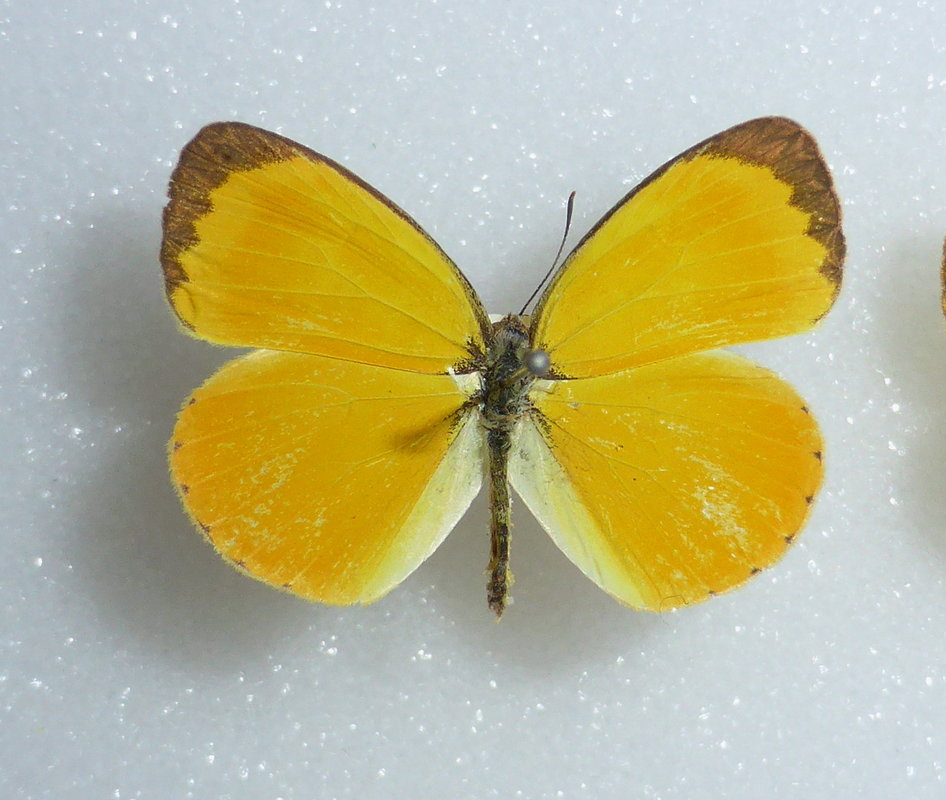
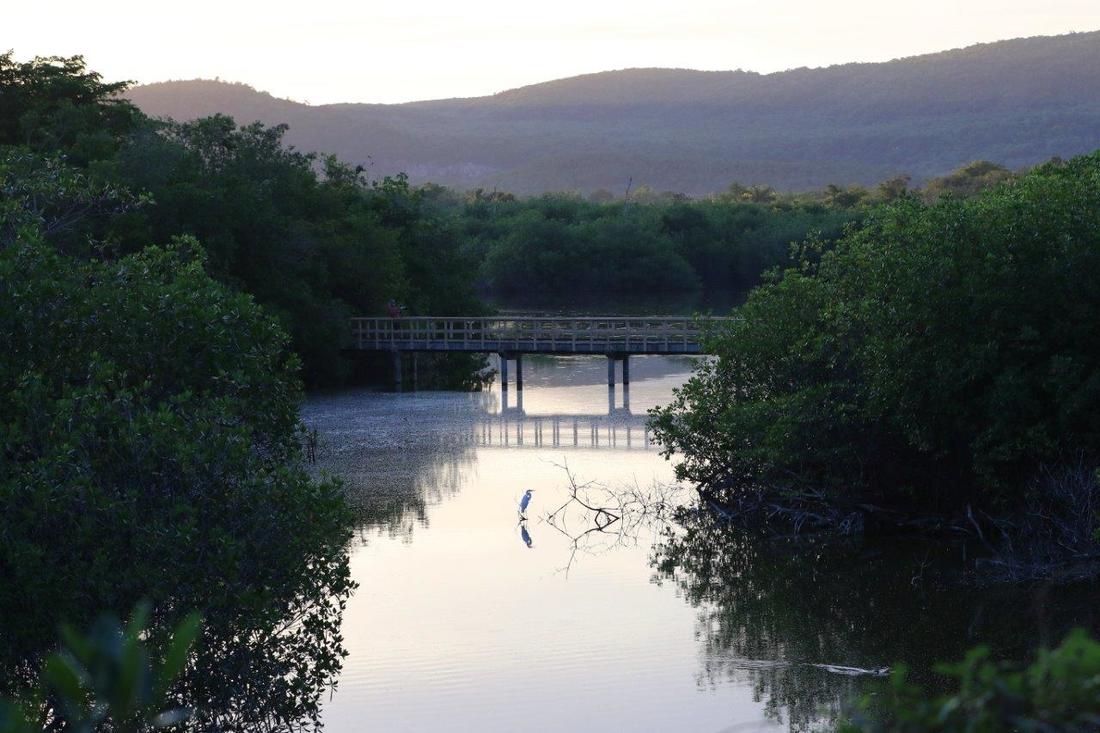
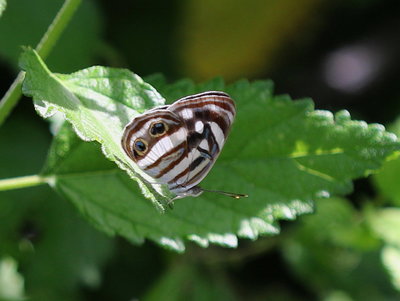
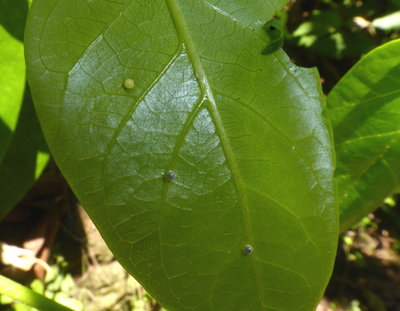
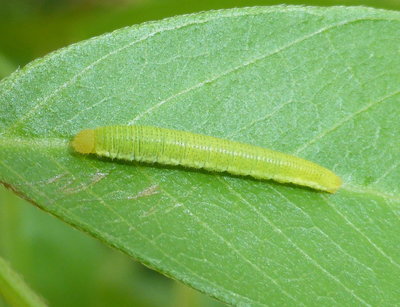
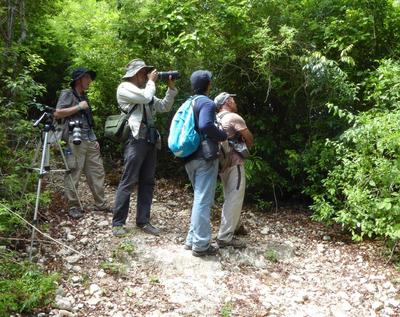
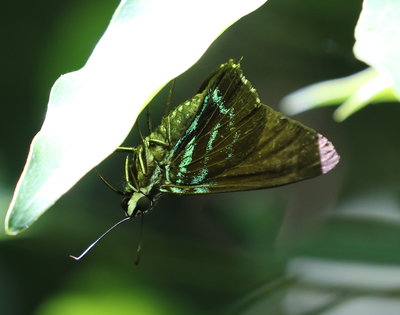
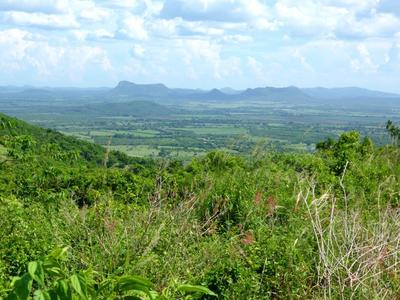
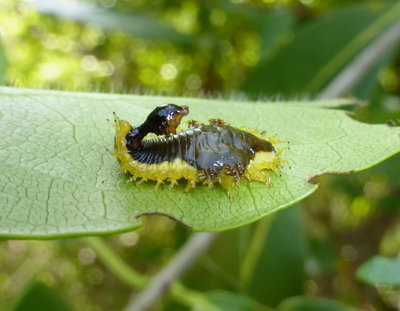
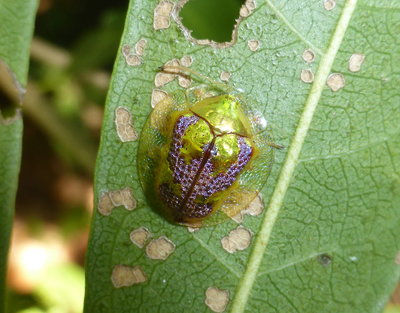
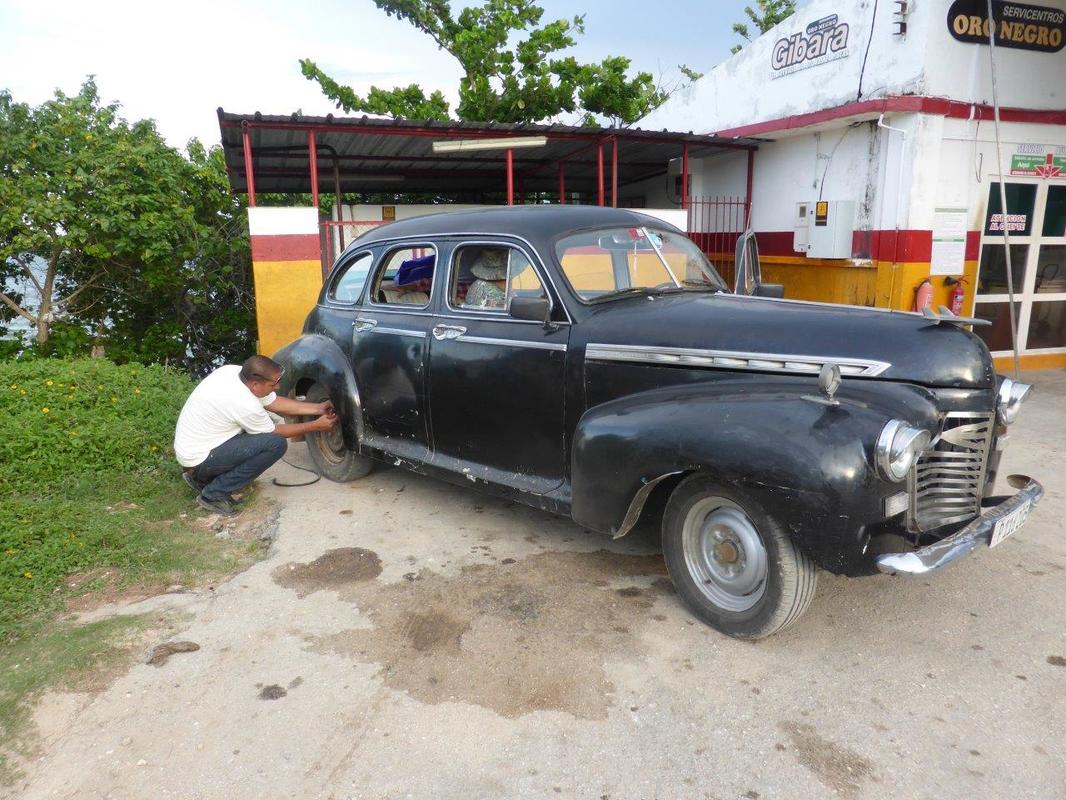
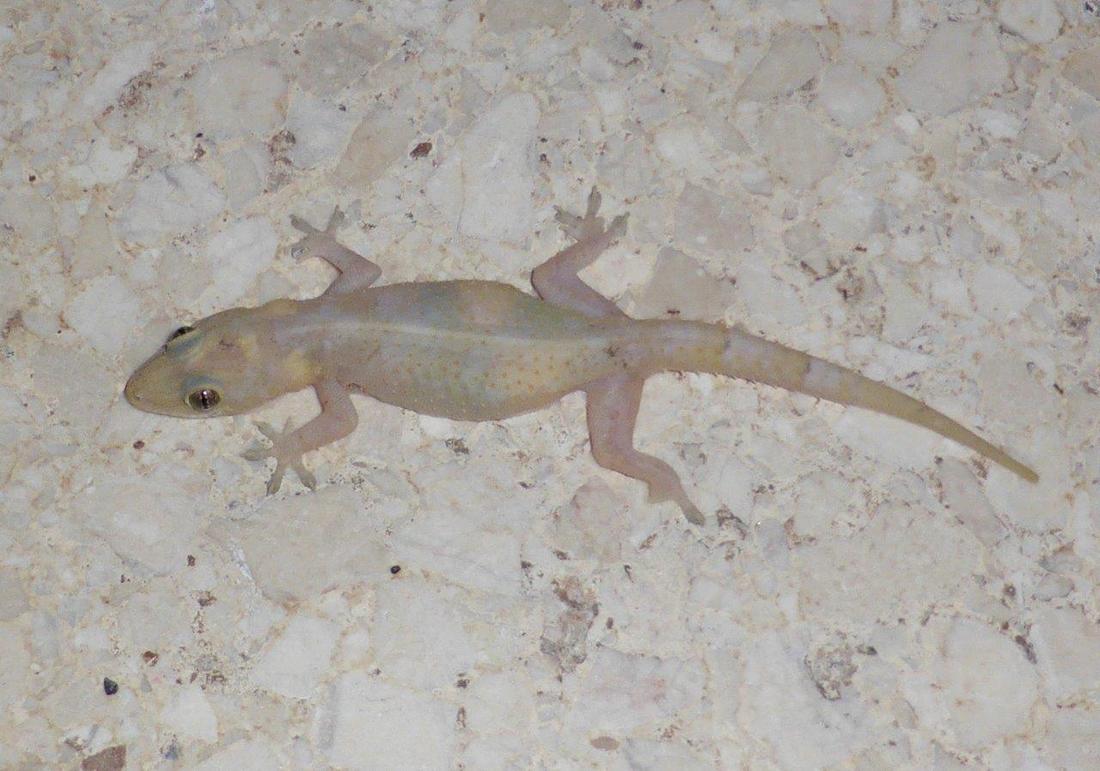
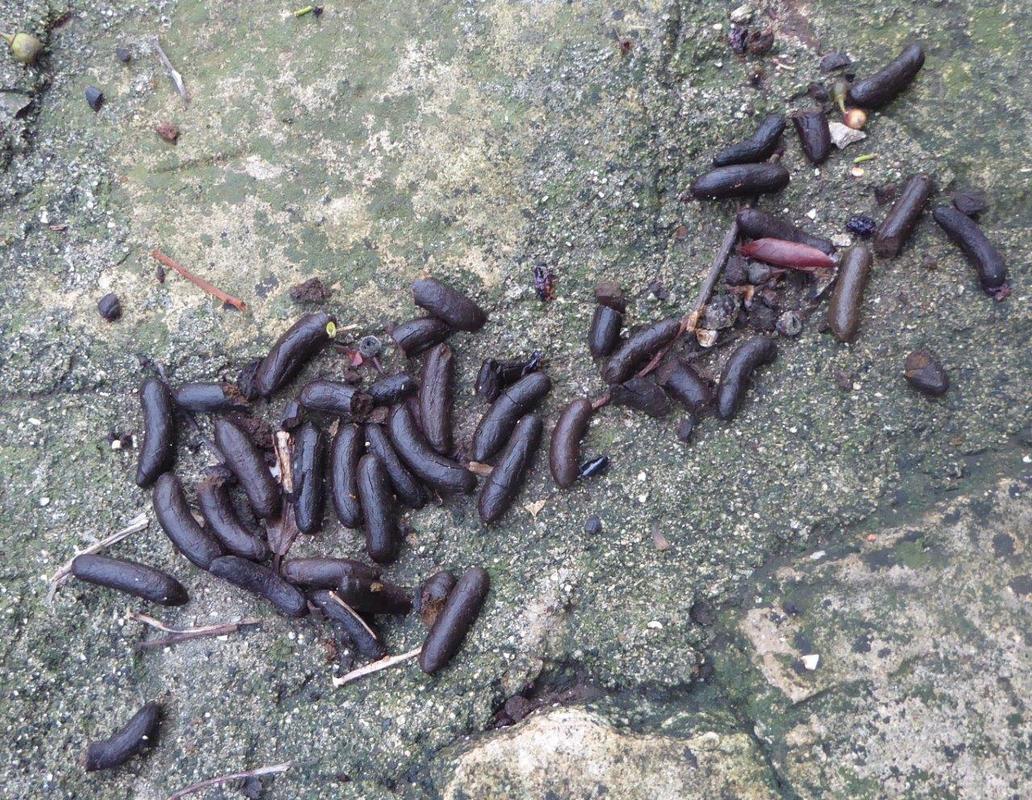
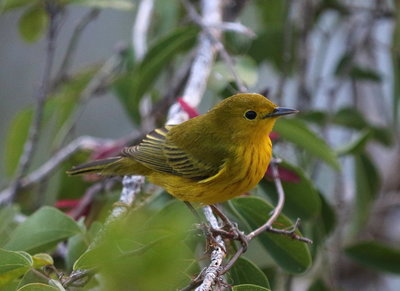
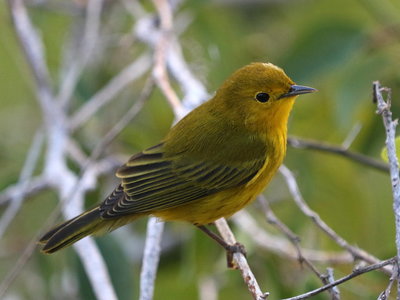
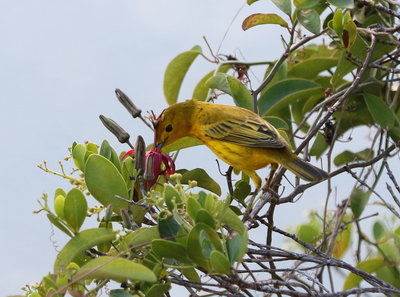
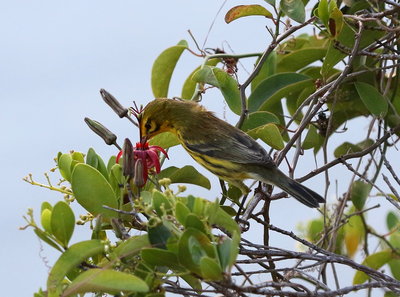
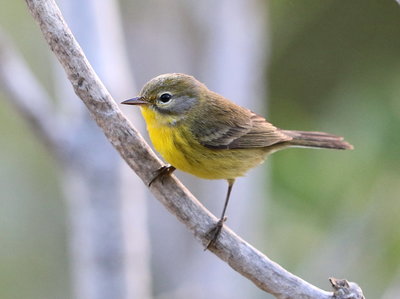
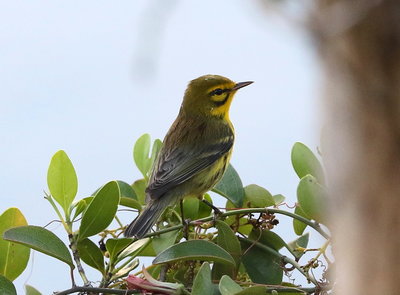
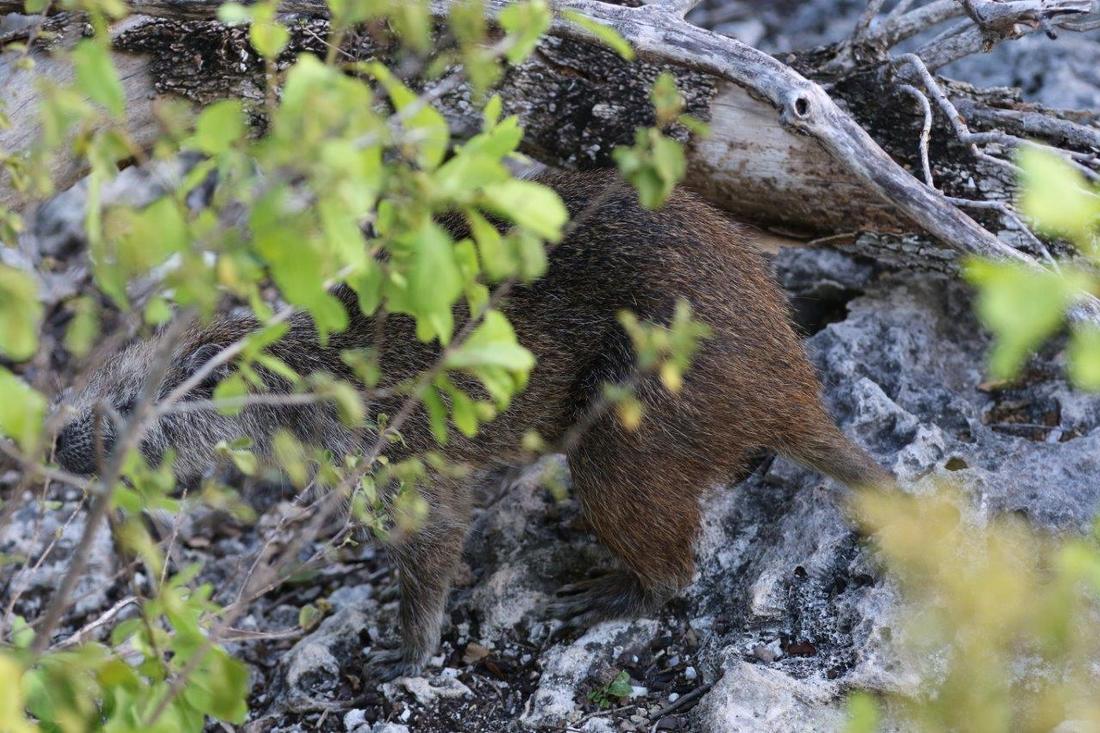
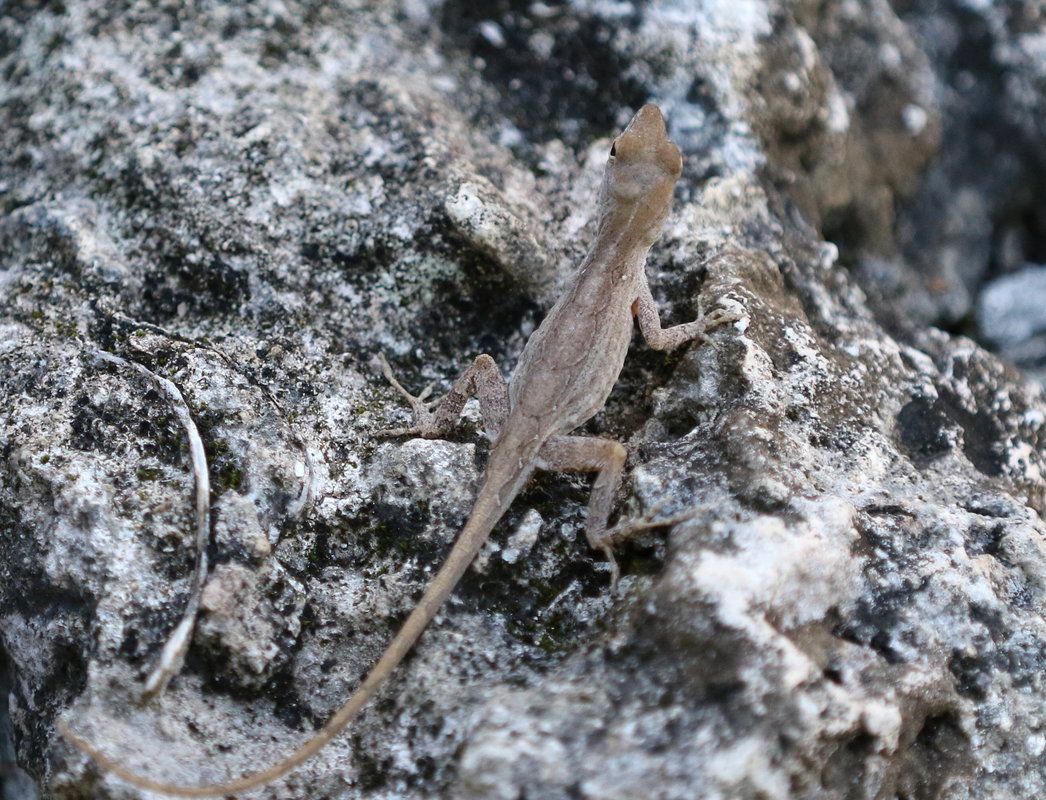
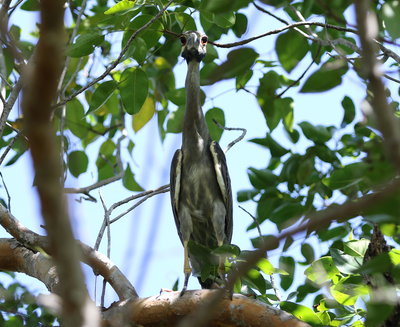
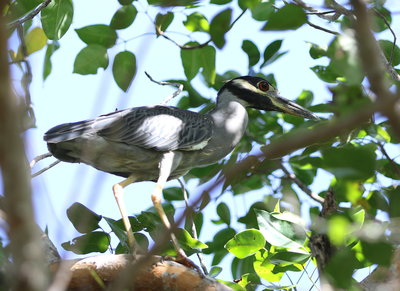
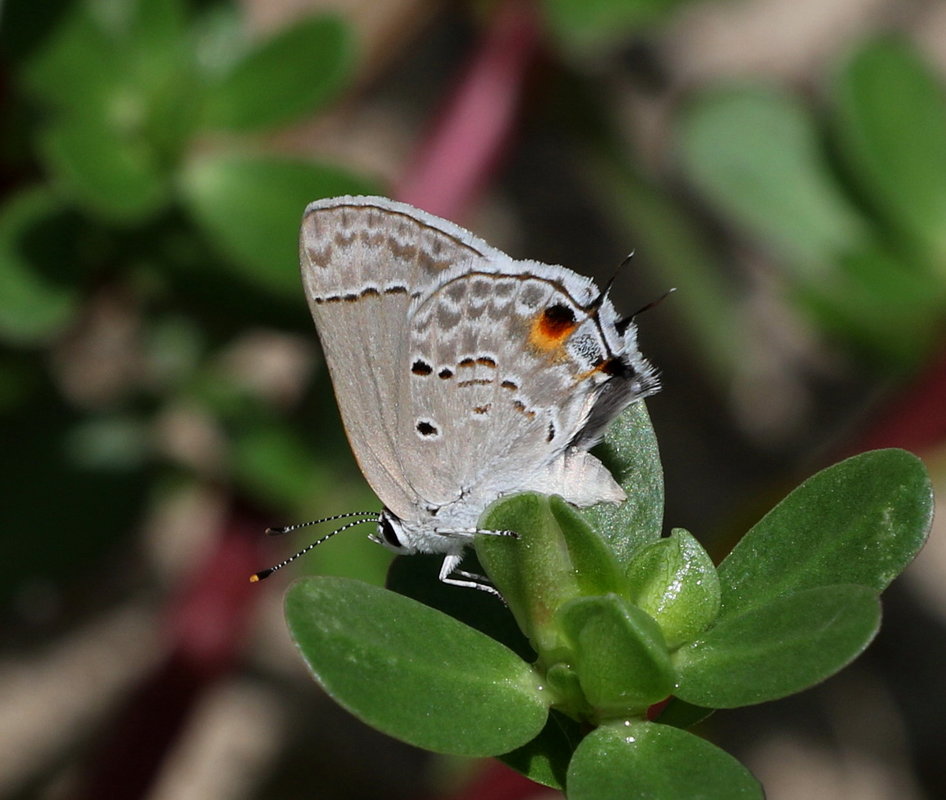
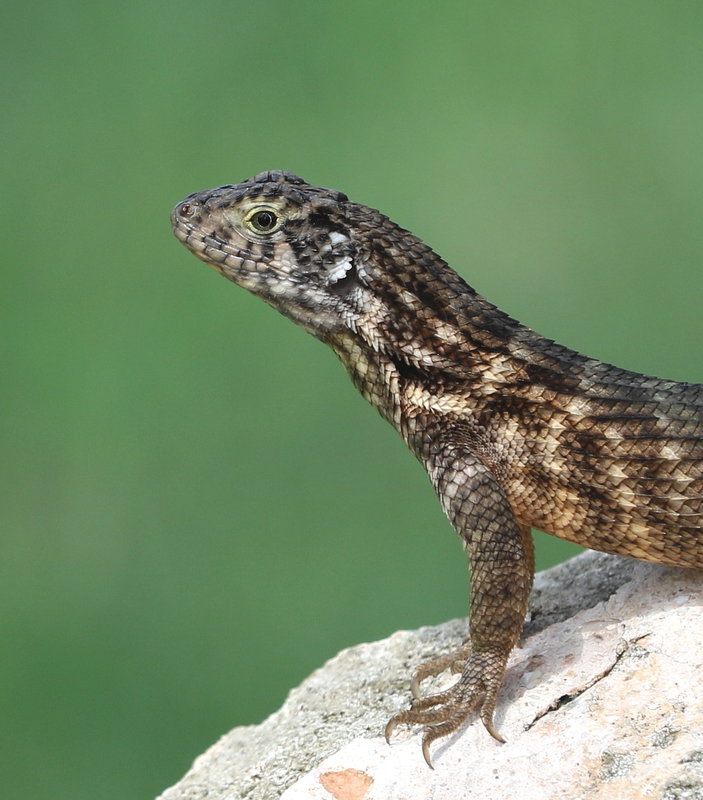
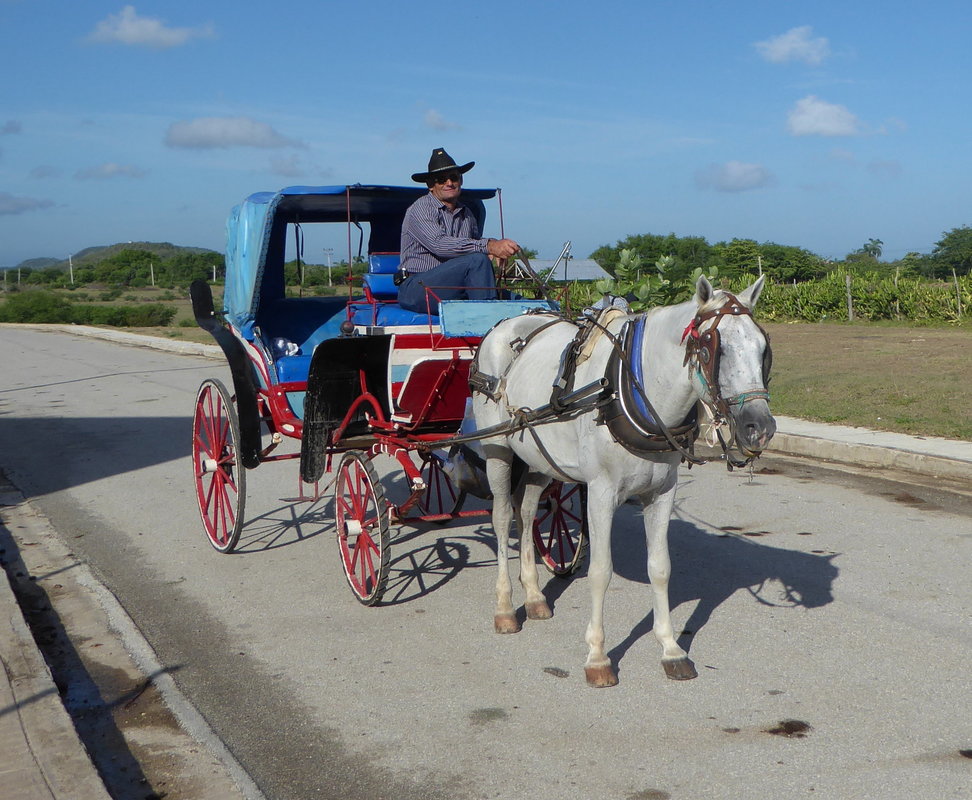
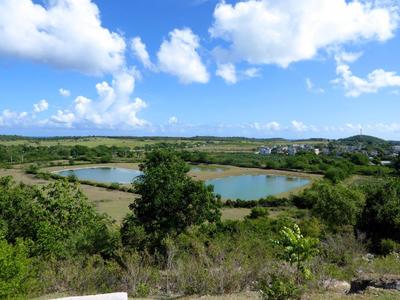
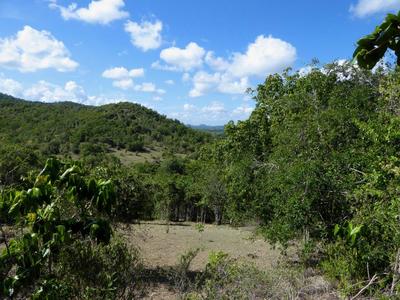
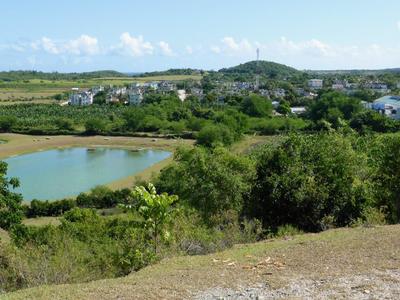
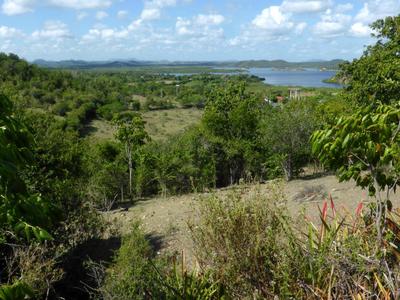
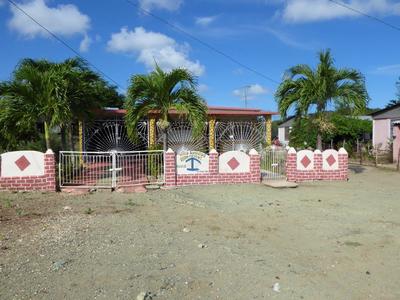
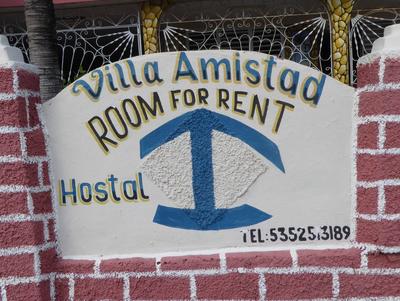
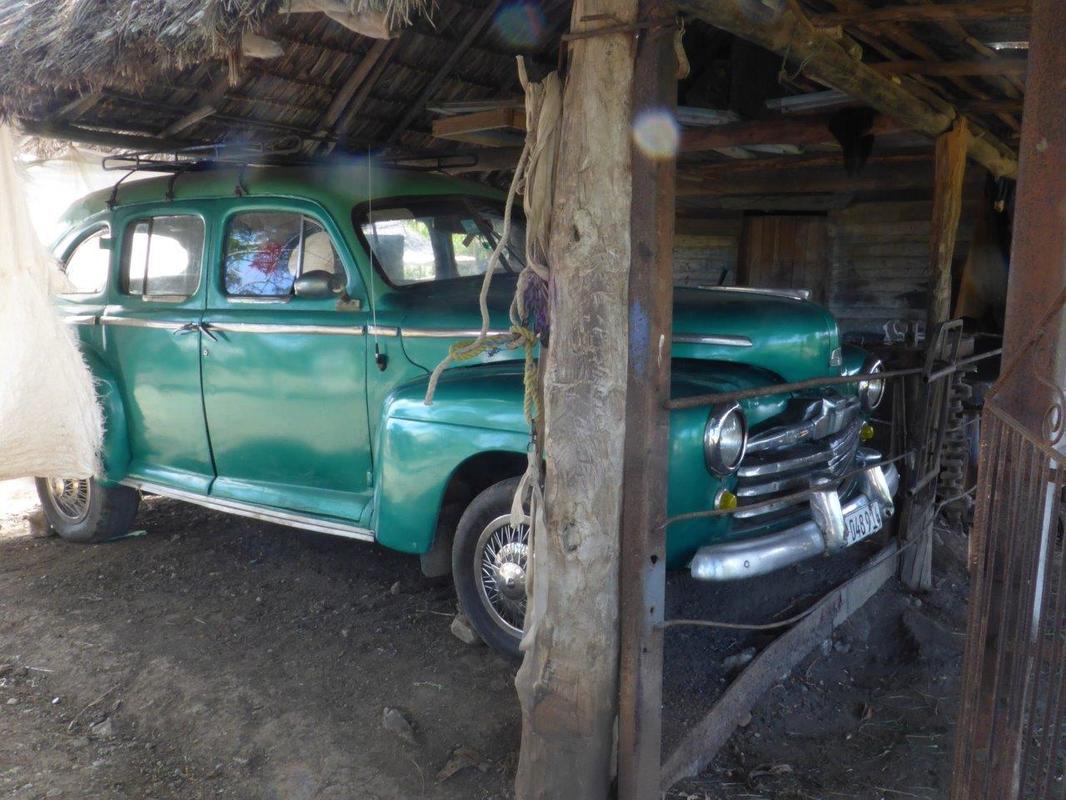
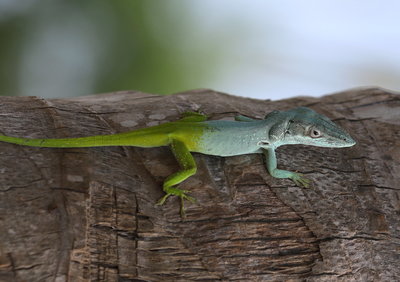
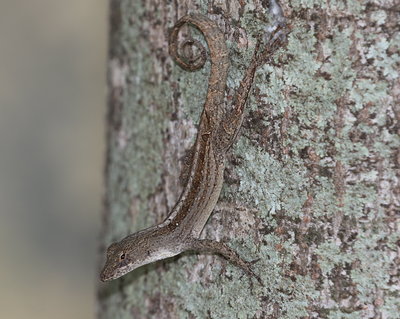
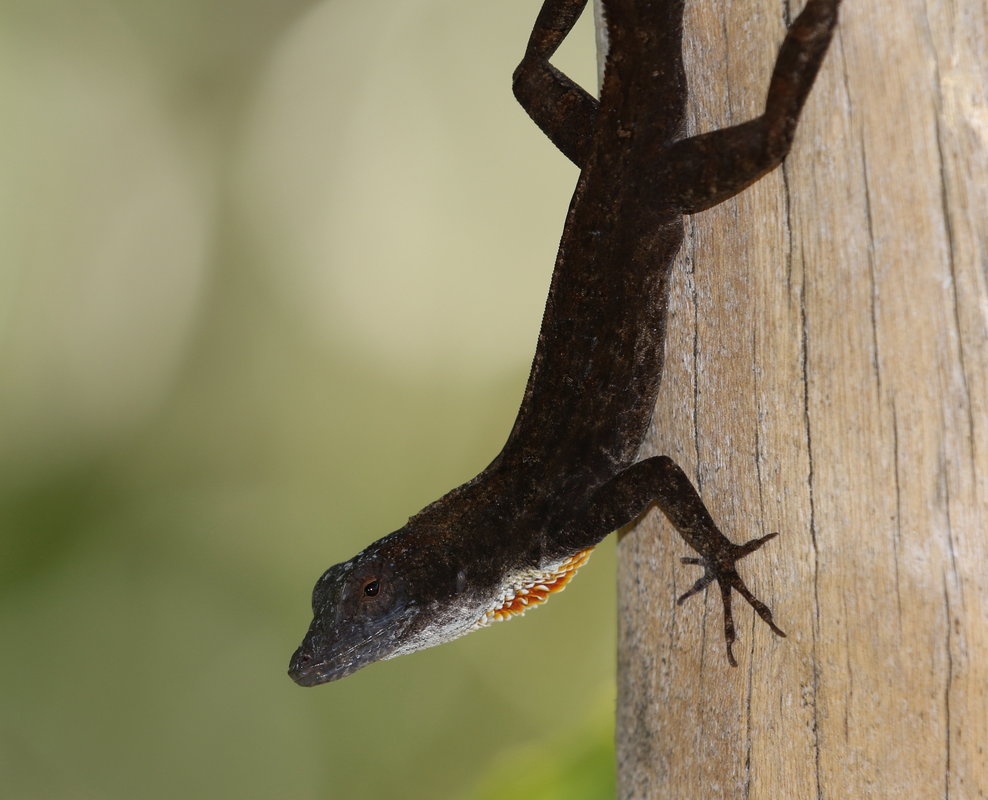
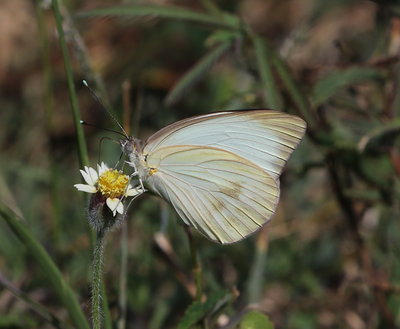
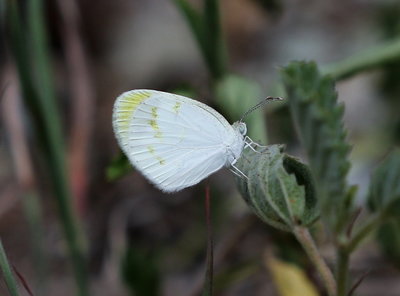
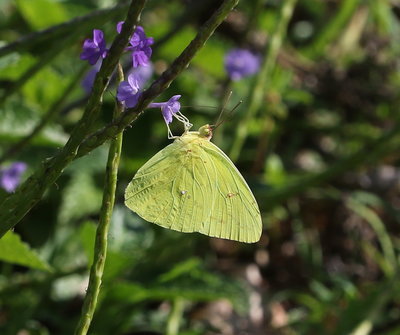
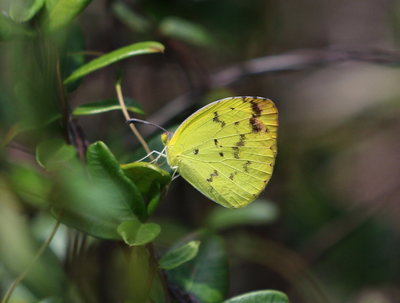
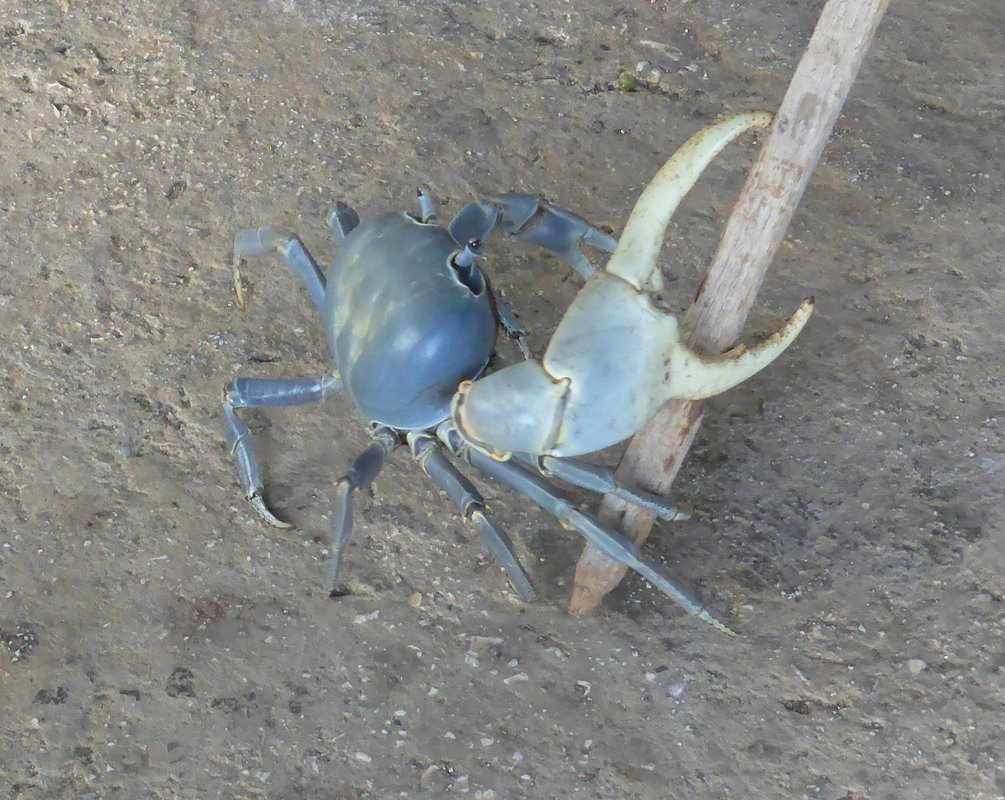
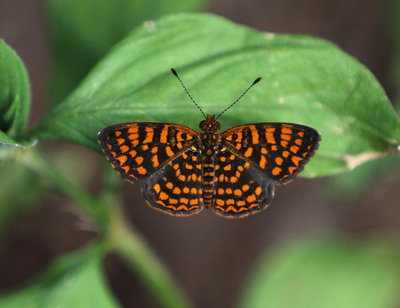
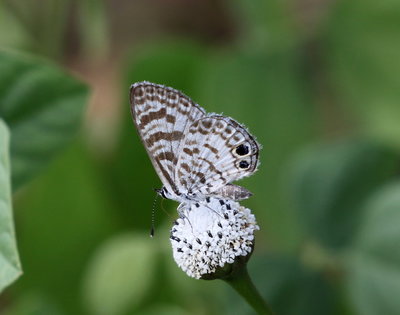
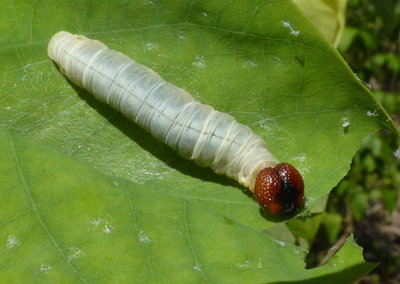
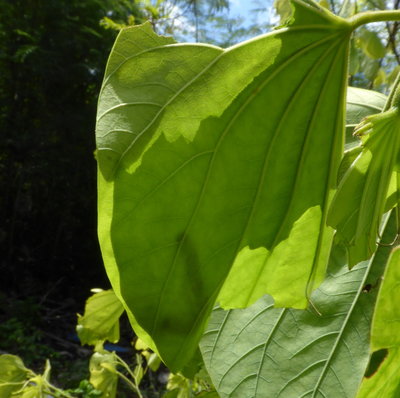
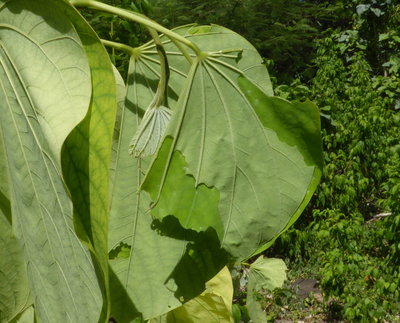
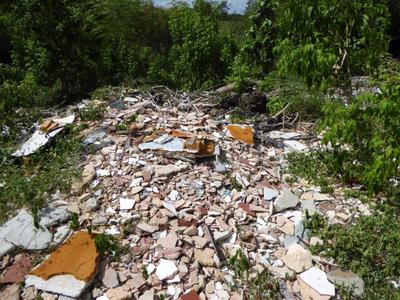
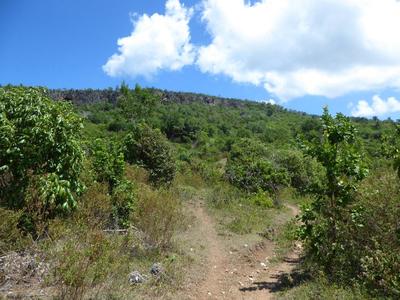
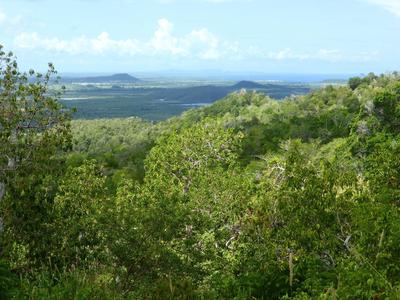
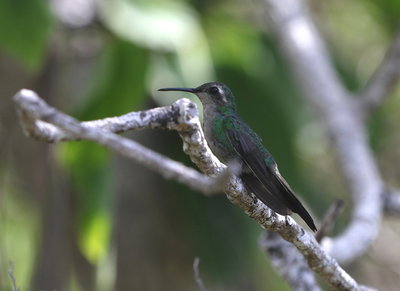
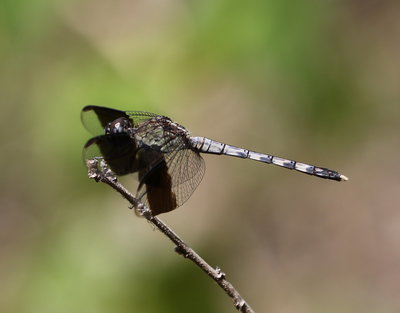
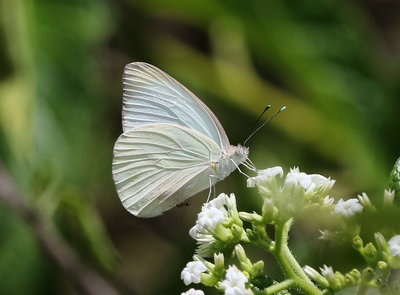
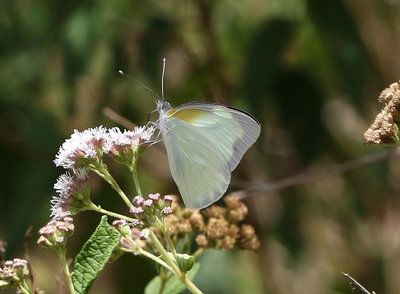
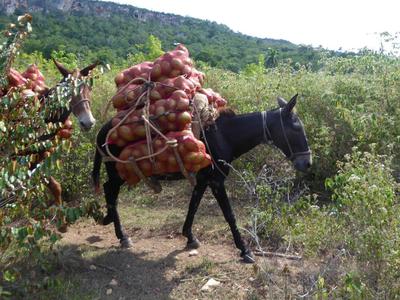
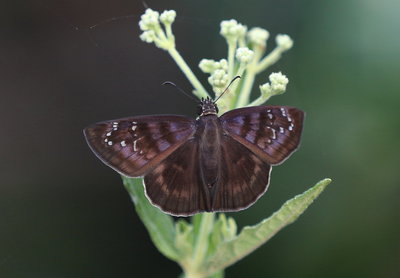
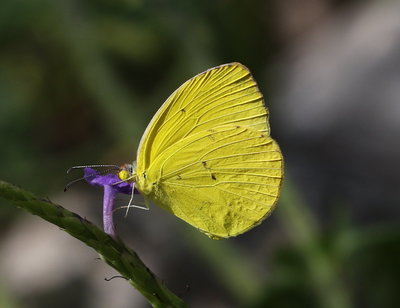
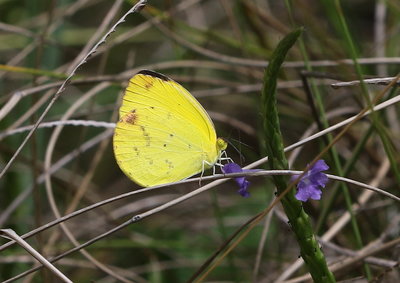
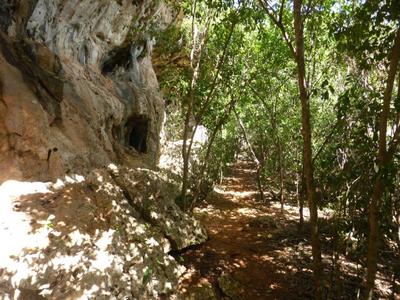
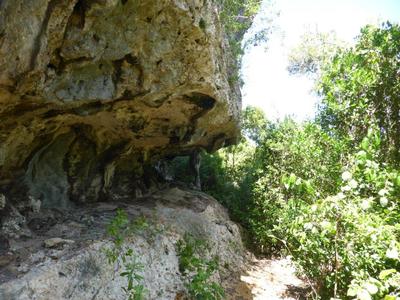
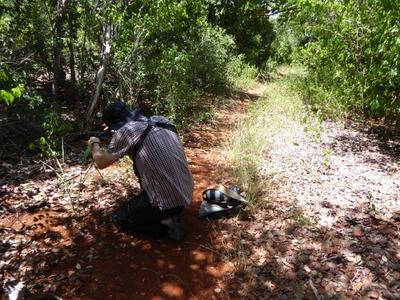
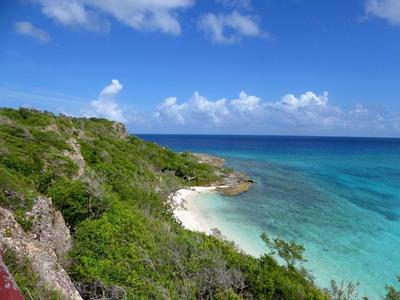
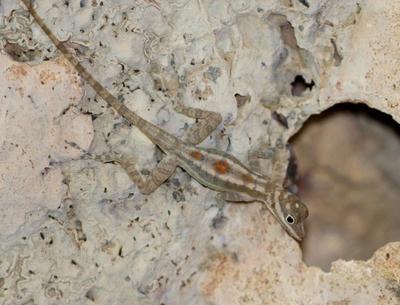
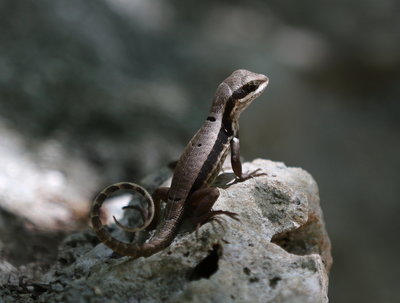
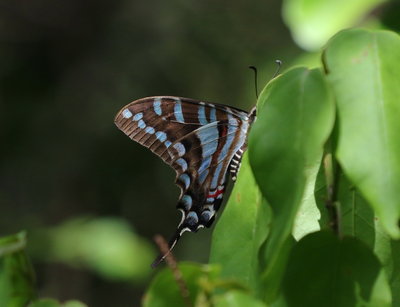
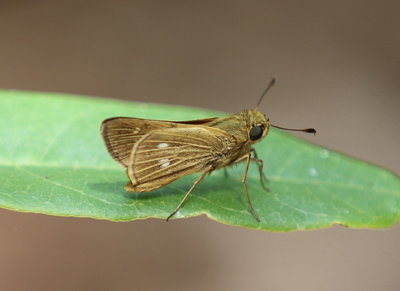
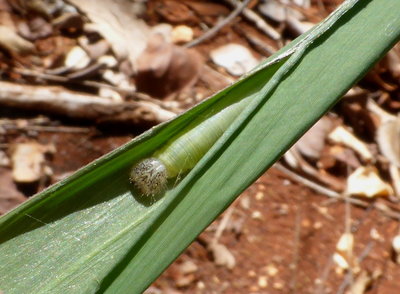
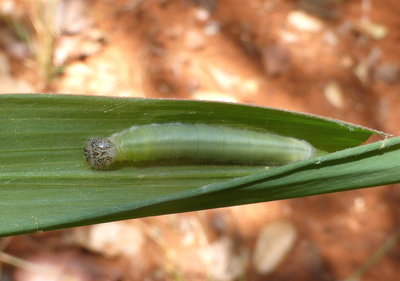

 RSS Feed
RSS Feed